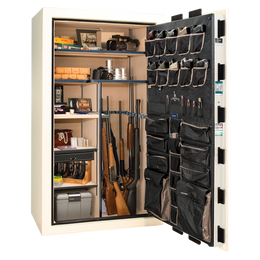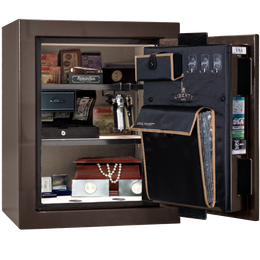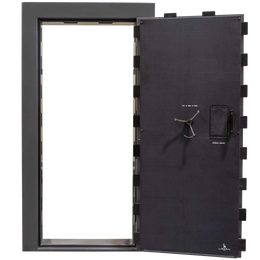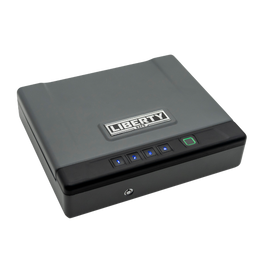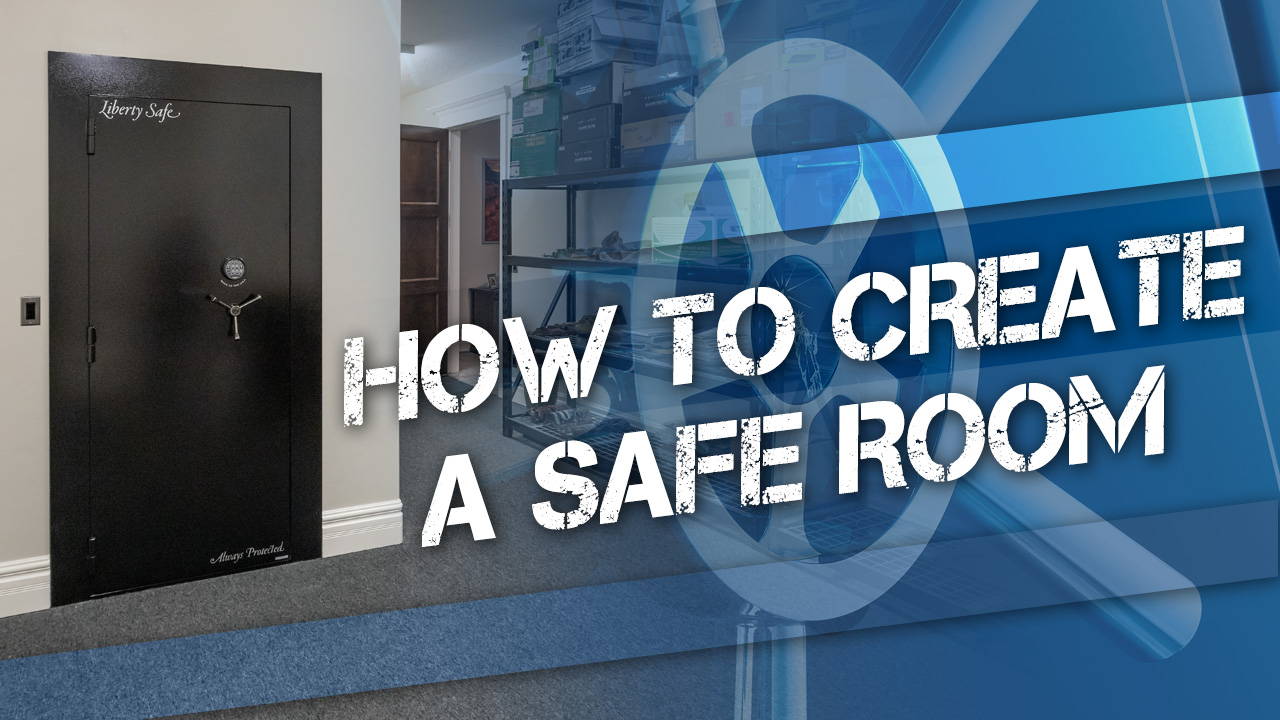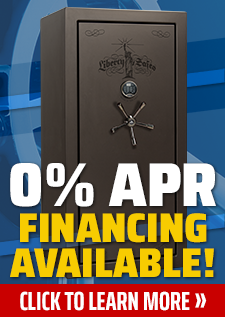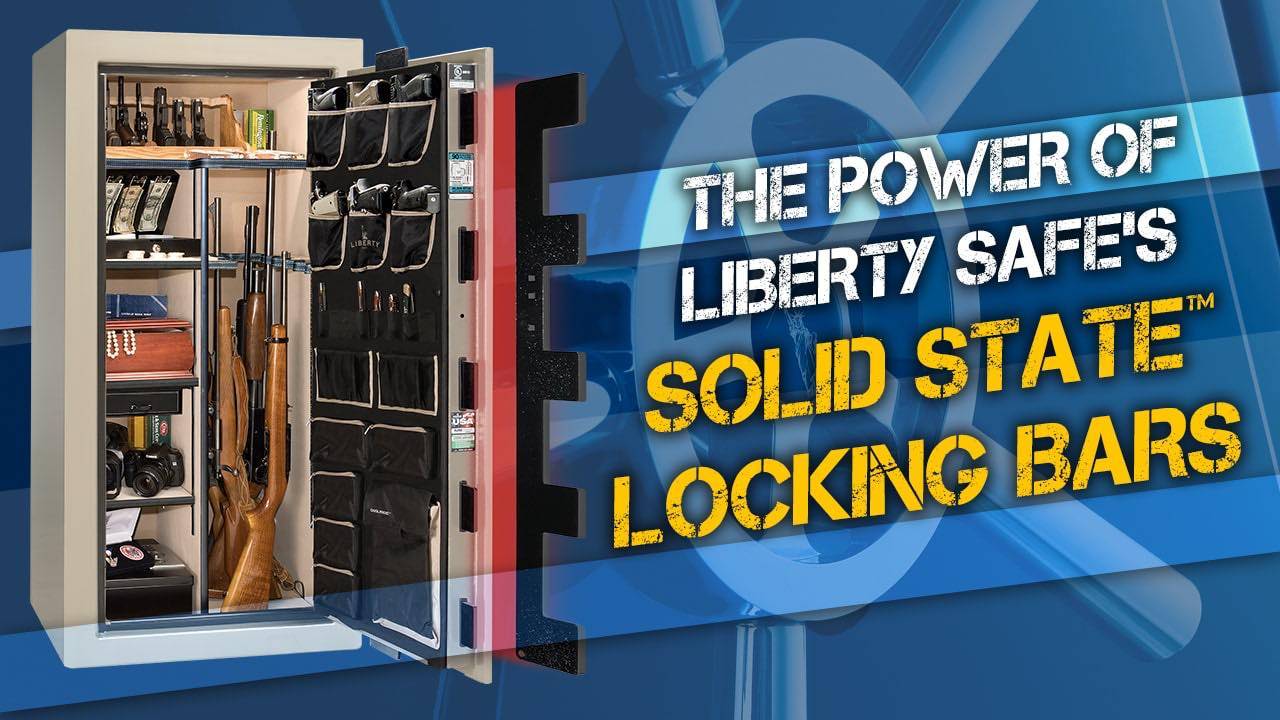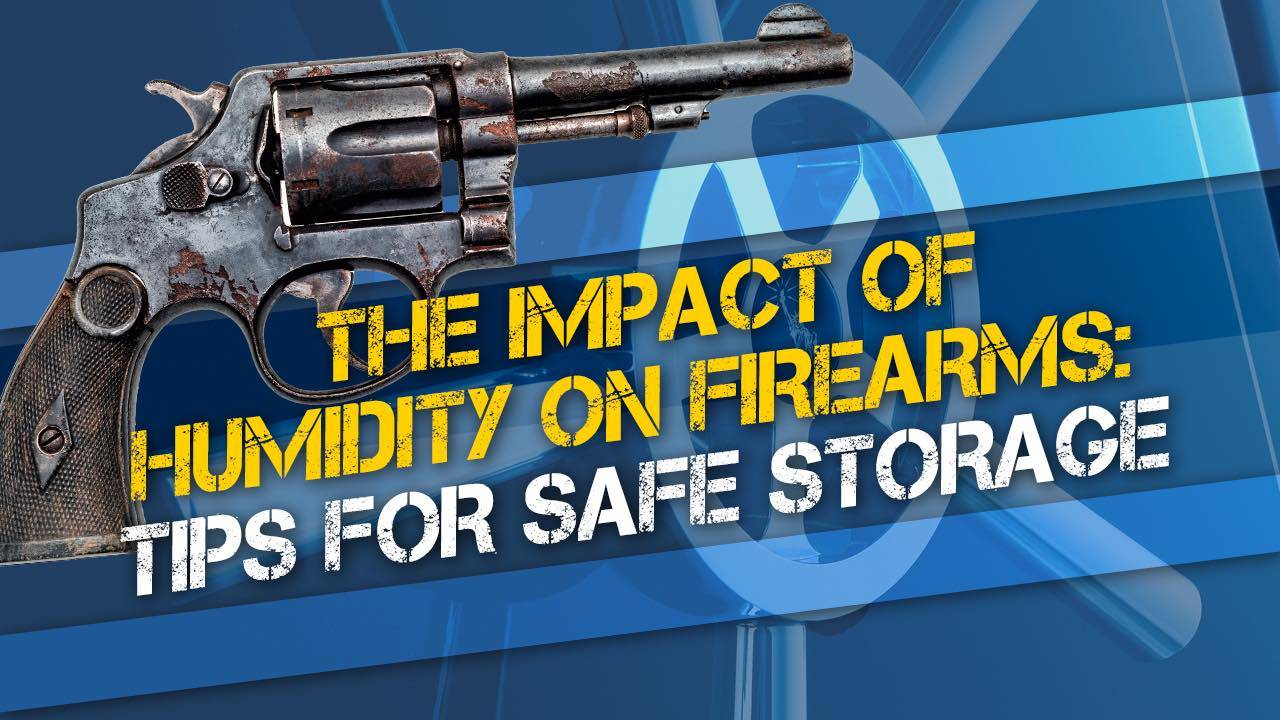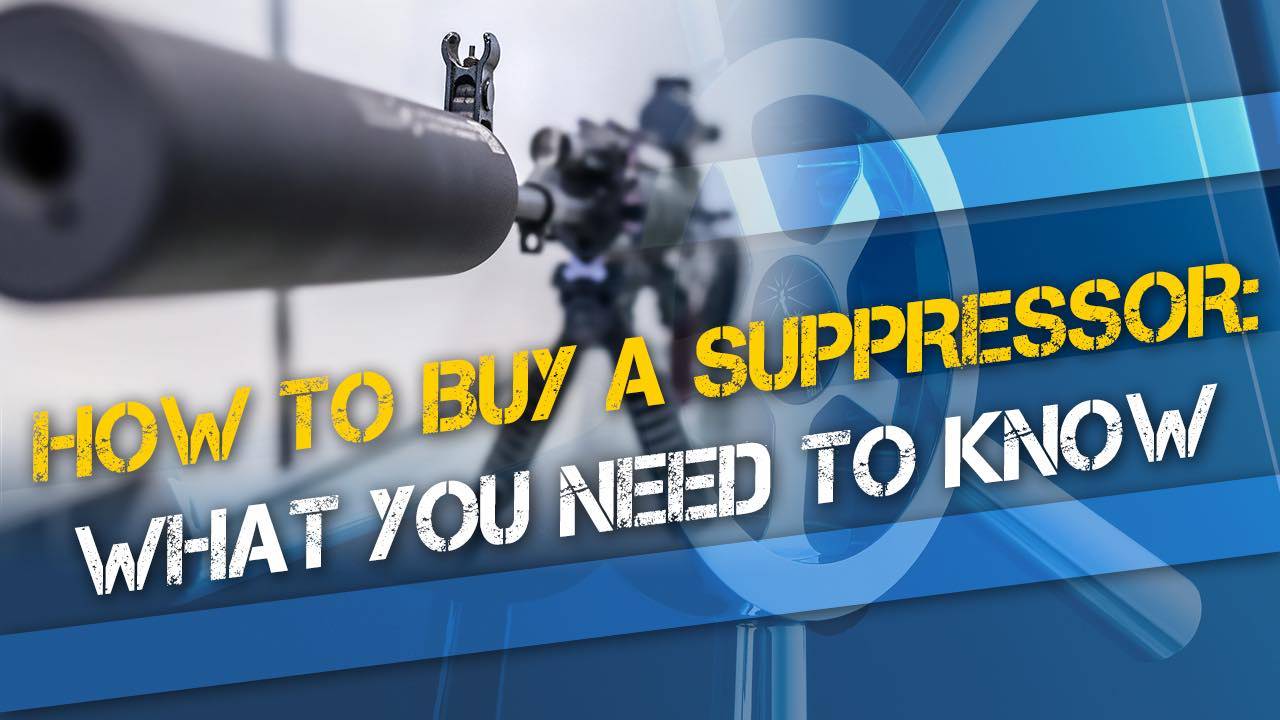If you’re considering increasing the security capabilities of your home with a vault door, you’re thinking smart. Home safe rooms, vaults, or “panic rooms” add value to your home and security for your family and valuables. But where do you start? Can you just add a vault door to any storage room and make it a safe room? What about fire protection? Are there other things you need to take into consideration?
In this 4-minute read:
- What features should your home vault or panic room have?
- Why you need a fire-resistant vault door.
- What items should you consider storing in your safe room?
Let’s go over some key points about creating an effective safe room in your home, and some important things to consider when creating a safe room, including the type of walls you need, the key features to look for in an effective vault door, and what items and features you should consider including in your safe room.
You need fortress-worthy walls: sheetrock doesn’t cut it
To create a safe room, you need more than just a vault door. You’re going to need walls that are strong enough to stop the craftiest intruders or most catastrophic events. The best safe rooms are fortified with steel or hardened, reinforced concrete walls. Those will provide much more protection than sheetrock, and produce a full surrounding layer of security to match your vault door.
A thick steel, fire-resistant vault door from a trustworthy company is vital
Having trustworthy security is going to be key for creating a reliable safe room. In addition to heavy-duty walls, you’ll want to secure your room with a vault door from a reputable company like Liberty Safe.
When choosing your new door, you’ll want to consider these five things:
- Does it come with a UL-Certified Lock?
- Does it have an internal lockout mechanism?
- Can you open it from the inside?
- Does the door swing the way you need it to?
- Does it have a proven fire seal?
1. Your vault door needs a UL-certified lock
UL stands for Underwriters Laboratories. This is a third-party organization that tests products for safety and efficacy. The best, most reliable locks are always UL-listed. If you’re considering a vault door that doesn’t have a UL-Certified lock, keep looking.
2. Your safe room door should have an internal lockout mechanism
An internal lockout mechanism allows you to lock the door from inside your safe room, but more importantly, when the mechanism is engaged, it DISABLES the external lock. It overrides it and makes it impossible to open the vault door from the outside. This is important if you’re using your safe room as a “panic room” and you’re fleeing an attacker. It means you can keep the door safely locked, even if your assailant knows the combination.
3. Your vault door should be able to be opened from the inside.
Along similar lines to the lockout mechanism, you need to make sure the vault door you choose can be reliably opened from the inside. If you use your vault as a panic room, you want to be sure you can open the door if you’ve had to secure yourself inside. This is also important if there’s a chance of younger kids accidentally being shut inside the vault. You should explain the internal opening mechanism to everyone in the house in case they get shut inside the vault and need to get out.
4. Why does it matter which way your safe room door swings?
Another thing you’ll want to consider is what type of door swing you want. Some vault doors swing into the room, while others swing out. Why does it matter? If there’s a chance the door could be blocked by debris from the outside while you’re hiding out inside, you could theoretically be trapped in the room. Not good. In that case, an inswing would be a better option. If that isn’t a concern, an outswing design will likely work just fine.
5. Without a good fire seal, your vault door is only doing half its job
And finally, a fire seal and fire-board insulation. This may seem obvious, but you should NEVER hide out in your safe room if your home is on fire. You should get everyone out of the house as soon as possible. So, why do you need a fire seal and UL-rated fire-board insulation? Most people use their vault door to lock valuables behind, as well as creating a safe room or “panic room.” If you’re storing valuables, you’ll want them to be as protected as possible in the event of a fire, and the potential for water damage from firefighting efforts. An expanding fire seal, such as a Palusol seal, can help block out both heat and smoke to protect your valuables from damage during a home fire.
What items and supplies should I consider keeping in my safe room?
Think hard about this question: In the event of an emergency, what’s going to help ensure your safety, as well as your comfort, in your safe room?
For starters, we recommend important provisions such as non-perishable food that doesn’t need to be heated up, and a basic water supply. Depending on the type of food you’re storing, you may also need a can opener and utensils.
Are you planning a room that will be able to protect you and your loved ones for an extended period of time? Then consider an emergency composting toilet, or consider having your safe room plumbed (be sure to install a double-redundant sump pump if you have running water anywhere near your safe room).
You’ll also want to store some blankets, pillows, maybe even a cot or blow-up mattress for sleeping, if you’ve got the room. You also need to think about proper ventilation. If you’re holed up in an absolutely air-tight space, you won’t be “safe” for very long.
Something to help keep your mind off the emergency you’re hiding out from can also be a good idea, especially if you have kids. Think puzzles, games, coloring books, and favorite snacks.
Flashlights or a battery-powered lantern are a great item to have in case you lose power. Just don’t forget to keep extra batteries in your safe room!
And if you have the time to grab it before heading to your safe room, bring your portable power bank, if you’ve got one. That way if your power goes out you can still keep your phone and other devices charged so you can call for help if needed.
You should also consider consulting with a “panic room” specialist and discuss how to approach the question of communication (does your cell phone have reception when locked inside a concrete vault with a thick steel door? Probably not). Also, you might need to install a reliable dehumidifier, as well as a drain system (and the aforementioned sump pump) in case of humidity or flooding.
One more thing… talk to a specialist and discuss whether a hidden emergency exit might be appropriate for your vault or panic room. Just remember, a way out is also potentially a way in.
Liberty Safe’s vault doors can help you create the perfect safe room
There are lots of things to consider when planning the perfect safe room for your family. But one thing is certain: whatever type of vault, safe, or panic room you decide to create, Liberty Safe has the perfect vault door for you. Our USA-made safes and vault doors are rated among the best in the industry and have features no one else can match. Check out our selection of vault doors or read more about the features you should look for in an effective vault door.


